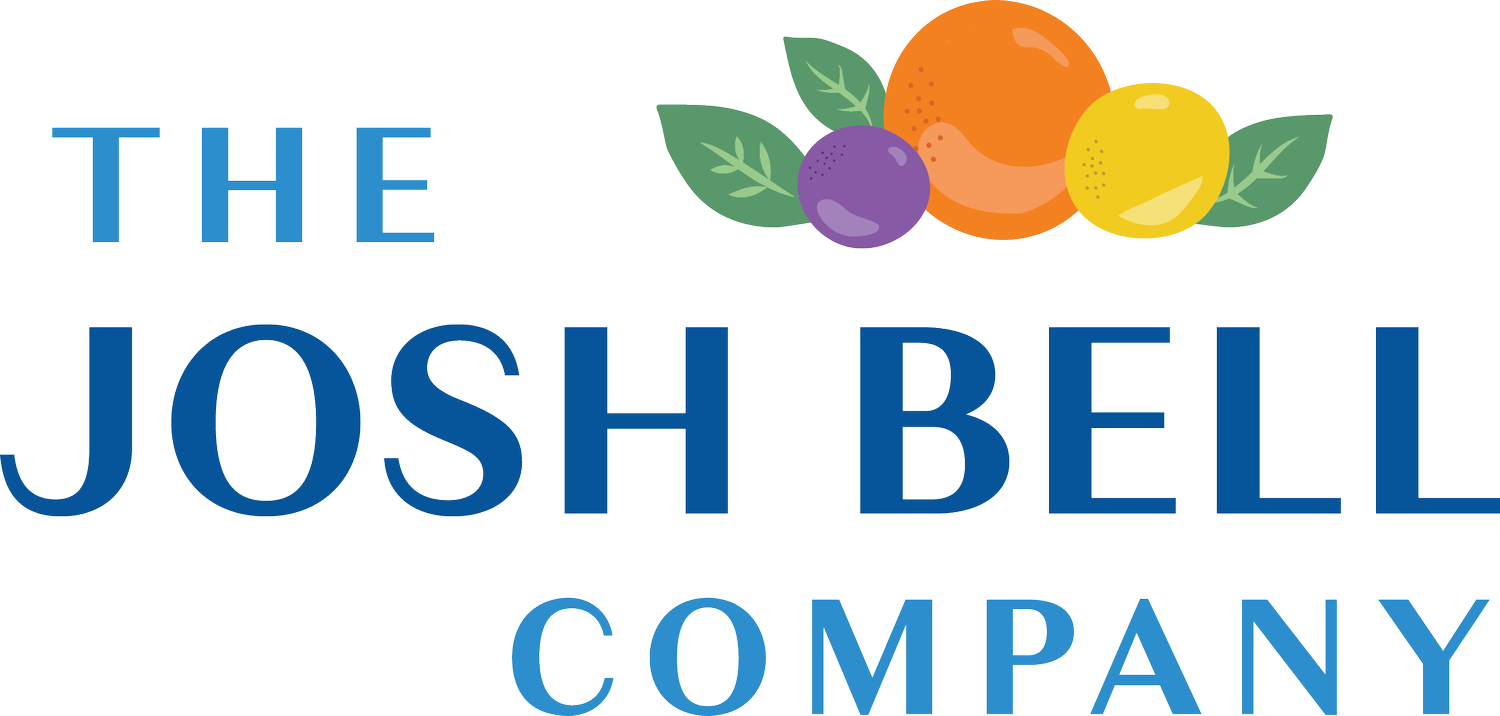Sustainable Rhythms of Leadership
Sustainable leadership requires rhythms of work, rest, and play. Most leaders only give themselves permission to work.
Too many organizations and companies create cultures that expect leaders to be committed to the mission of the organization to the exclusion of all other aspects of the leader’s life. This approach will get results for a season, but it is not sustainable. Leaders burn out, implode, or explode in these conditions. It is not just up to the leader to create healthy and sustainable rhythms - their employer has to buy in. But most employers will not see the value of these rhythms until the absence of the rhythms leads to an inevitable (but often preventable) crisis. Leaders have to decide to have the conversations before the crisis occurs.
In order to have an effective conversation, a leader has to understand what rest and play look like for them and commit time in their schedule for these activities on a regular basis. The leader has to prioritize time and energy to include things that energize them in order to counteract and counterbalance the things that deplete them. Examples may include: Boundaries around availability outside of office hours for non-emergency needs. Prioritizing their children’s activities on evenings and weekends. Setting a regular time to go to the gym, go for a walk, see a therapist, or have lunch with a friend or mentor. Making a weekly commitment to date night with their partner or dinner with friends. Pursuing a hobby that has nothing to do with work.
When the leader has clarity about what they need, they can make a clear and compelling proposal to their organization. They can also have ongoing conversations as they develop healthy rhythms over time. The organization will also need time to develop healthy rhythms in alignment with the leader’s health.
Organizations who listen when their leaders engage in this type of prioritization will have healthier leaders. Healthier leaders are able to offer sustainable leadership. Sustainable leadership leads to greater impact and a healthier bottom line. But most importantly, it values the humanity and health of the leader.

